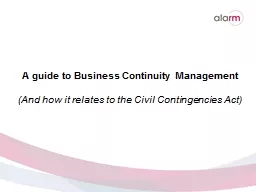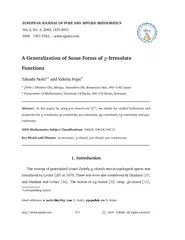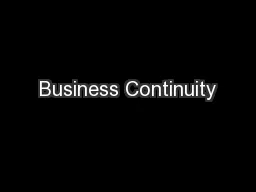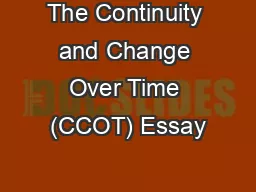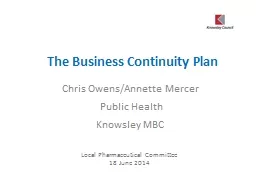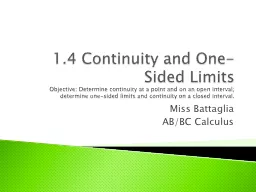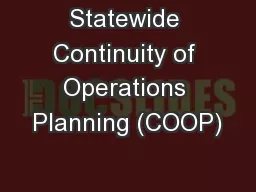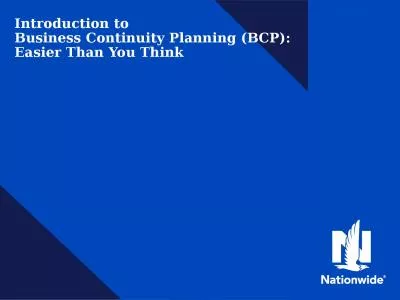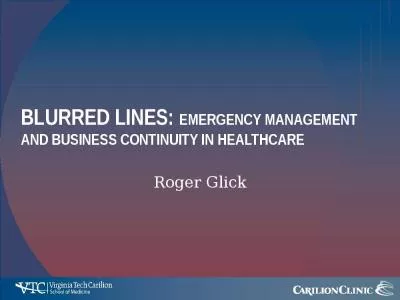PPT-A guide to Business Continuity Management
Author : evelyn | Published Date : 2022-05-31
And how it relates to the Civil Contingencies Act What would happen if You were denied access to your offices Unable to make use of a vital system such as
Presentation Embed Code
Download Presentation
Download Presentation The PPT/PDF document "A guide to Business Continuity Managemen..." is the property of its rightful owner. Permission is granted to download and print the materials on this website for personal, non-commercial use only, and to display it on your personal computer provided you do not modify the materials and that you retain all copyright notices contained in the materials. By downloading content from our website, you accept the terms of this agreement.
A guide to Business Continuity Management: Transcript
Download Rules Of Document
"A guide to Business Continuity Management"The content belongs to its owner. You may download and print it for personal use, without modification, and keep all copyright notices. By downloading, you agree to these terms.
Related Documents

